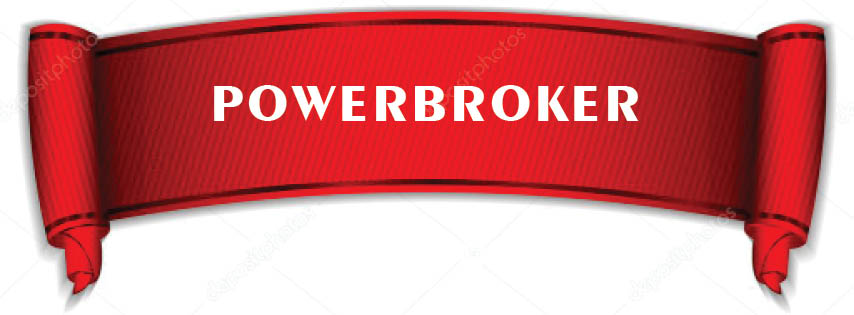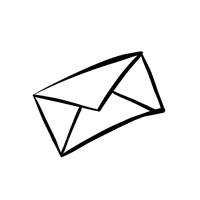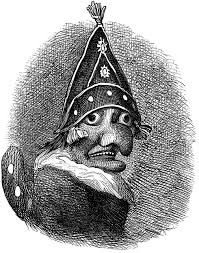When my Mormon ancestors first trekked the thousands of miles from the Eastern United States to Utah’s Salt Lake Valley, it was to escape persecution because of their non-traditional views on marriage. Just over 150 years later, I found myself walking their journey in reverse. While a senior at Brigham Young University, I wrote a letter to the editor to the university’s student newspaper questioning my church’s stance on the marriage equality debate and its strong involvement in the Prop. 8 political campaign.
At the time, I had no idea anyone would even read my letter. I mean, who reads the campus newspaper? But people did, and the nerve I struck provoked an outpouring of both love and anger that has been unmatched in my relatively short life. In the next few months, I would be accepted to medical school, spotlighted by the Advocate, and chosen as a Point Foundation Scholar. I would also lose the love and support of some of the dearest people of my social network from various parts of my life because I chose to come out and be vocal about it. Returning to Utah always brings with it a return to these feelings; the best and the worst I have ever known.
So it was with a suitcase full of ambivalence that I made my way to the 2013 Affirmation conference in Salt Lake City as a representative of the Point Foundation. Affirmation is the largest and most successful organization of LGBT Mormons in the world (the biggest fish in a growing small pond), and I was attending with the hopes that I could offer the same opportunities Point has offered me to other young students struggling to get an education in the midst of significant social pressure. What I hadn’t expected was the extent to which the conference participants would inspire and support me in return.
I heard a young trans Mormon talk about the soul-wrenching conversations he had with a Mormon bishop about his desire to transition while still maintaining his connection to the religion he loved. I heard how that bishop found ways to support this young man, in the face of institutional pressure to do otherwise. I heard from young straight LDS youth, desperate to change their religion from one of rejection to acceptance of their LGBTQ family and friends. Finally, I heard former NFL Hall of Famer Steve Young extend his friendship and advocacy for the acceptance of LGBTQ people when he declared, “I’m a Mormon, and I want to build bridges of understanding with my gay brothers and sisters.” I also heard a hilarious exchange of Steve Young trying to explain what the Super Bowl is to a room full of gay men. Steve: “It’s a really big game, like it’s a pretty big deal.” Me: “It’s the thing before and after the Beyonce concert, right?”
Fresh from this wonderful conference, I spent the next day meeting with LGBT activists from former Soviet republics on an official State Department tour of the United States that took them from New York, to Washington DC, and then…Salt Lake City. Upon learning that I was a medical student, the man from Ukraine allowed me to palpate his jaw to feel where the wire was holding his mandible together after two fractures he had sustained as part of backlash for his role in planning Kiev’s first ever gay pride. The woman from Georgia recounted the horror she felt when she witnessed the peaceful rally she had planned in her nation’s capital swarmed by an army of 40,000 angry citizens. The counter rally was organized by local clergy who led an effort to topple the buses being used to take the LGBTQ activists to safety. In the end, I found myself thinking that Salt Lake City wasn’t such a random place to send these activists after all, as we learned from each other’s stories how to enact change against the current of a powerful social tide.
My weekend came to a close with a trip to the first ever Provo Pride celebration. According to a study released by the Bay Area Center for Voting Research, Provo is the most conservative city in the United States with a population over 100,000. It is also the home of Brigham Young University, the place where I completed my undergraduate education. When I left Provo, the idea of a pride festival there seemed about as likely as seeing Miley Cyrus gyrating naked while swinging from a wrecking ball—just three years has seen both dreams come true. As I watched the ten drag contestants vamp and lip sync their way into history as the first ever miss Provo Pride competitors, tears came to my eyes. They were heroes to me, someone who had spent so much of my time in this city closeted and afraid.
On my flight back to Boston, my mind raced with the jet engines at my side. I thought of the LGBTQ movement I have come to love — my global tribe, so different from the tribe in which I was raised. In one weekend, I met the wife of an NFL quarterback, a Ukrainian activist, a young believing Mormon trans man and a drag queen from Provo Utah in pig tails and opera horns. All were courageous and all were family. I believe that this is when the LGBTQ movement is at its best. As a tribe, we have the unique experience of being born into every ethnicity, religion, country, culture, and race on the face of the planet. There are times when we come together. We dance, talk loudly, fall in love and in lust, and sometimes drink too much. And then there are other times, when we stand where we were planted and find a way to advocate within our communities of birth for both our own inherent worth and the worth of every single other oppressed group that has ever walked this planet.
This is the unique role that I see our community playing in the human drama: a powerful horizontal tribe lacing through and weaving together the isolating vertical identities of race, religion and class that so effectively divide us from one another. As a tribe, we have the unique experience of being born into every ethnicity, religion, country, culture, and race on the face of the planet. There is much good that comes when we gather. After all, the cities and neighborhoods we have chosen to inhabit are now some of the most desirable in the world. But even more good can come when we return to the places from whence we came, bearing the love and healing of one who has transcended difficult things.
Archives










